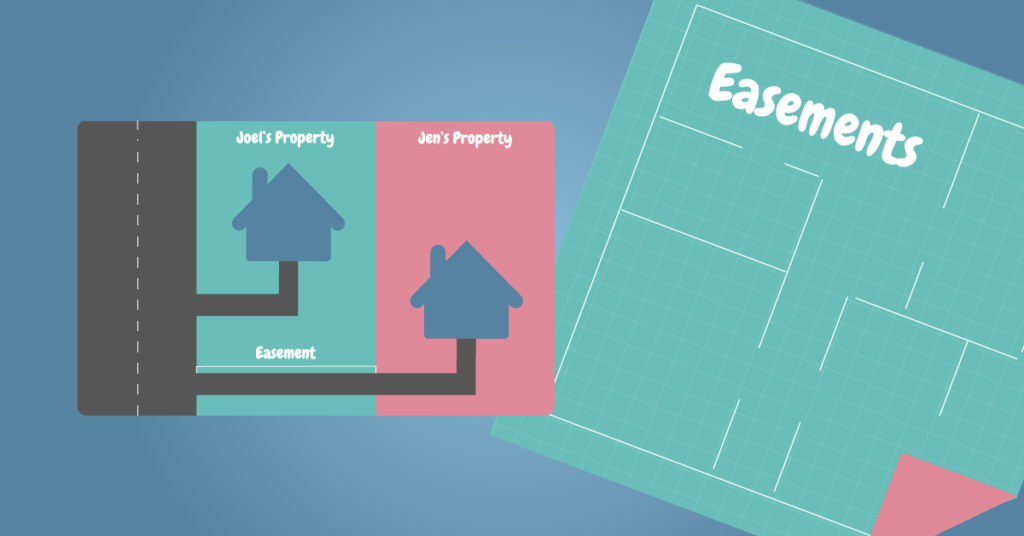UNDERSTANDING EASEMENT RIGHTS: A COMPREHENSIVE GUIDE
Introduction
Easement rights play a crucial role in property ownership and land use. Whether you are a homeowner, a developer, or a landowner, having a comprehensive understanding of easements is essential. In this guide, we will delve into the concept of easement rights, exploring their definition, types, creation, and termination. By the end, you will have a clear understanding of easement rights and their significance in the realm of real estate.
- What is an Easement?
An easement is a legal right to use or access a portion of another person’s property for a specific purpose. It grants a non-possessory interest in the land, allowing the holder of the easement to utilize the land without owning it. Easements can benefit individuals, organizations, or the public at large.
- Types of Easements
There are several types of easements, each serving a distinct purpose:
- Easement Appurtenant: This type of easement involves two adjacent properties, where one property (dominant tenement) benefits from the easement over the neighboring property (servient tenement). The easement transfers with the land, binding subsequent owners.
- Easement in Gross: In this case, the easement benefits an individual or an entity rather than a neighboring property. It does not rely on the existence of a dominant tenement and is often created for utility companies or government agencies.
- Negative Easement: A negative easement restricts the use of the servient tenement by prohibiting certain activities. For example, a negative easement might prevent the construction of a building that would obstruct another property’s view.
- Creation of Easements
Easements can be created through various means:
- Express Grant: An easement can be created through a written agreement between the property owner and the easement holder, clearly defining the rights and limitations.
- Implied Grant: When the actions or circumstances of the parties indicate an intention to create an easement, an implied easement can arise. For instance, if an owner divides a property and sells a portion without providing any access except through the remaining land, an implied easement may be created.
- Prescription: Also known as a prescriptive easement, this type of easement arises when someone uses another’s land openly, continuously, and without permission for a specified period, typically resembling adverse possession.
- Termination of Easements
Easements can be terminated in several ways:
- Merger: If the dominant and servient tenements come under the same ownership, the easement is terminated by merger.
- Release: The holder of an easement can release their rights through a written document, formally terminating the easement.
- Abandonment: If the easement holder demonstrates a clear intent to abandon the easement, it may be terminated. Non-use alone does not constitute abandonment.
- Expiration: Easements may have a specific duration mentioned in the agreement, and they terminate automatically after that period.
Conclusion:
Understanding easement rights is vital for anyone involved in real estate. Whether you are purchasing property, considering development plans, or seeking to establish an easement, a comprehensive understanding of easement rights ensures you make informed decisions. By recognizing the various types of easements, their creation methods, and potential termination, you can navigate the complex landscape of property rights with confidence.


